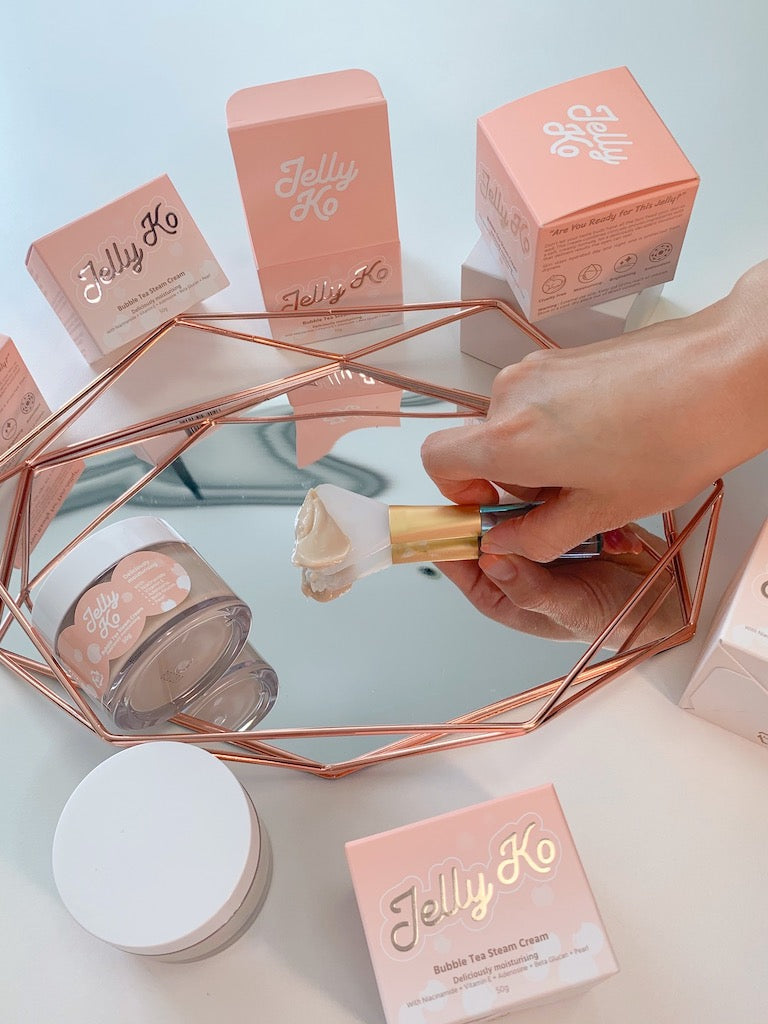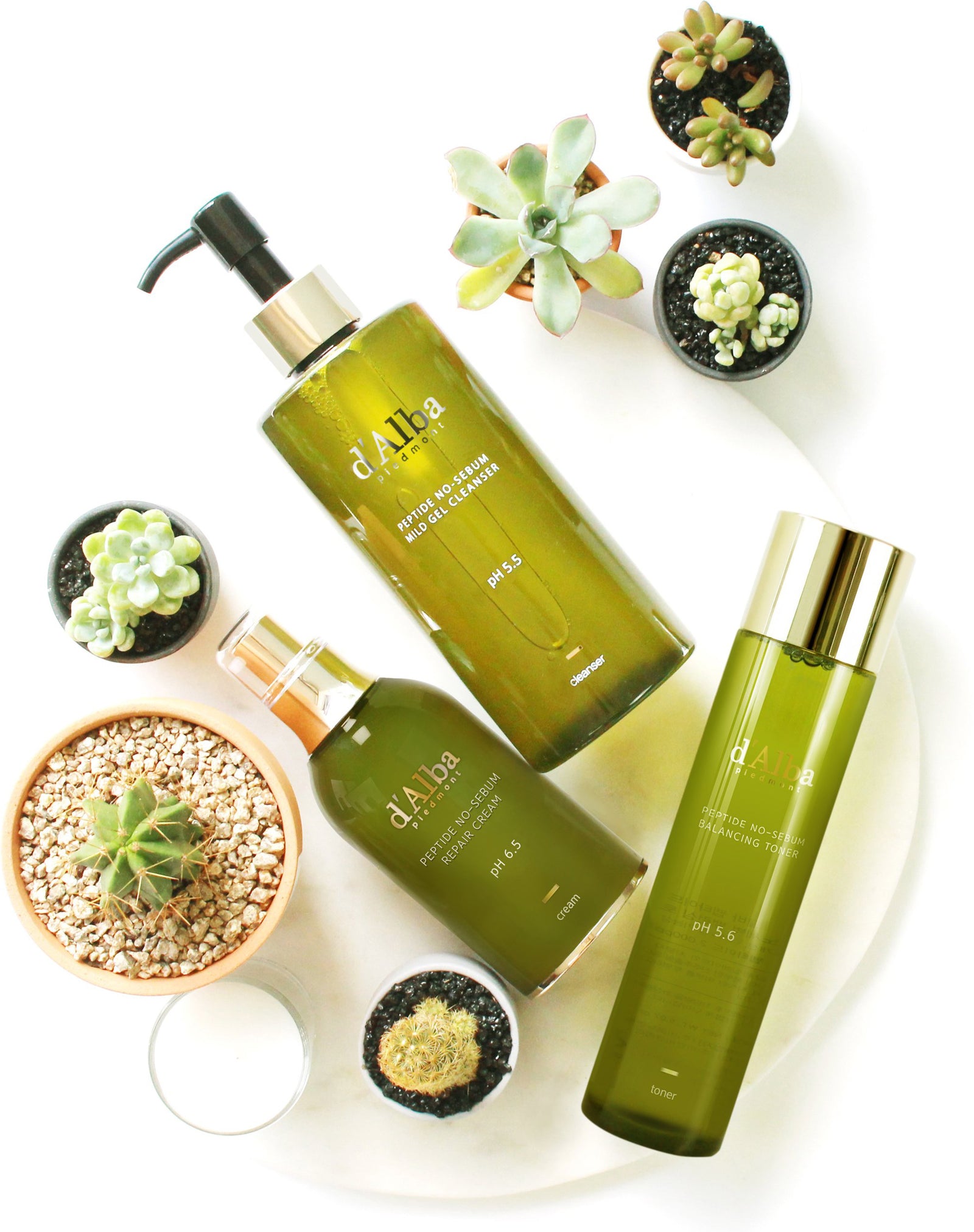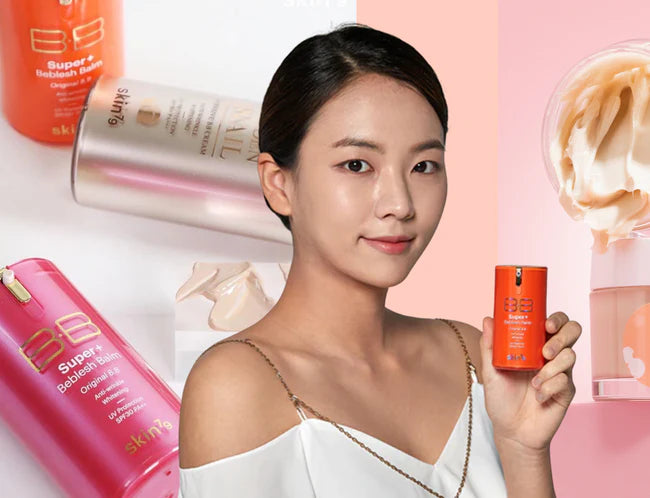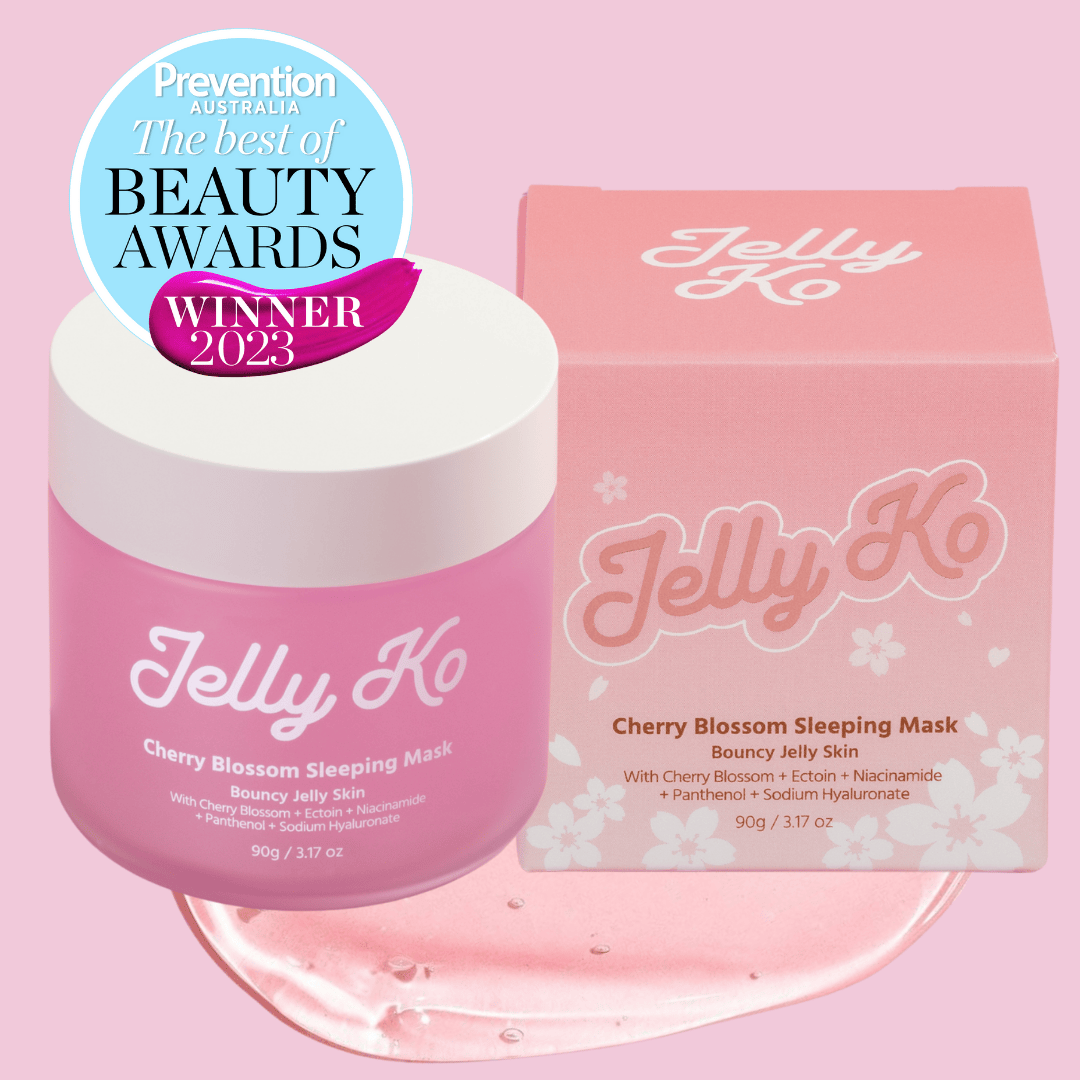Last month to shop K-Beauty on STYLE STORY. We’re moving to K-Beauty consultancy. Details
Menu
Korean Sunscreens & the SPF Controversy Part 2 - Ep 90
January 20, 2022

Korean Sunscreens & the SPF Controversy Part 2: Ep 90
We wrap our deep-dive into the 2020–2021 Korean sunscreen controversies, what changed, and where the industry goes next. Missed Part 1? Catch up in the Episode Description below.
Episode Description
2020–2021 was a rough patch for Korean sunscreens, with controversies affecting multiple brands and manufacturers. Today we conclude our two-part series on how it happened and what’s next. For Part 1, listen here.
Connect with Me
Follow, shop, and download our free guides.
Episode Summary
Why Was Korean Law Like That In The First Place?
- It was believed minor tweaks (plant extracts, fragrance) didn’t materially change SPF performance.
- To reduce “unnecessary regulation,” minor changes could bypass full re-testing if the base formula was unchanged.
- In-vivo SPF + PA testing is lengthy and expensive (multiple rounds if reformulated); companies can spend millions of won.
- To avoid disadvantaging smaller brands, the exemption aimed to reduce costs when formulas were substantially similar.

Beyond well-known brands (Purito, Dr. Jart, Dear, Klairs, Krave Beauty, Keep Cool), many domestic-market lines were implicated, including Round Lab, Hyggee, B Remedies, Medi-Peel Derma Maison, Wonder Bas, Pao Skin Solution, Doctor Bio, Seoul 60 Brown Lab, Banobagi, Kim Jung Moon and more. Some were discontinued or withdrawn; others continued selling through 2021.
Not all shared the same manufacturer or original approved base. For example, Dr. Jart & Krave Beauty were produced by COSMAX; Hyggee & Round Lab by Green Cos; Keep Cool & Mediheal also at Green Cos (from different bases). ODM maker Now Cos was implicated as well. The MFDS subsequently reviewed regulations that enabled these issues.

SPF Controversies Overseas
Label vs. tested SPF discrepancies occur globally (e.g., media investigations and cases against testing labs). The U.S. FDA recommends multi-lab testing for ≥SPF 50 products; Australia adopts similarly stringent approaches.
So, was the Korean SPF scandal forgery - or systemic failure?
Given the exemption structure and lack of testing, viewing it purely as brand forgery misses the regulatory context. That said, responsibility remains—especially for brands pushing into overseas markets via loopholes.

Regulation of Sunscreen in Australia
In Australia, sunscreens are regulated by the TGA (similar to the U.S. FDA) and must be on the ARTG. Only approved ingredients are permitted; products require validated SPF testing and manufacturing in TGA-approved facilities.
ARTG search: find listings here.
Sunscreen Testing in Australia
It’s among the toughest markets to pass. Facilities must be TGA-approved; ingredients must be approved; and products undergo stability, water-resistance and reproducibility checks.

The Australian Regulatory Guidelines & Labelling
Guidelines require reproducible SPF, water-resistance, stability testing, and strict manufacturing controls. Since 2012, Australia also authorizes SPF 50+ labeling with specific broad-spectrum (UVA) criteria (UVA ≥ 1/3 of SPF).
Cost & Time
Approval can take years and significant budget. This helps ensure accountability, but slows adoption of newer, more elegant filters versus legacy physical filters (zinc oxide, titanium dioxide).

Australian-Approved Sunscreen Ingredients
See the official list of active ingredients via the TGA: approved actives.
FDA-Approved Sunscreens (Ranges)
| Active Ingredient / UV Filter | Range Covered |
|---|---|
| Chemical absorbers | |
| Aminobenzoic acid (PABA) | UVB |
| Avobenzone | UVA1 |
| Cinoxate | UVB |
| Dioxybenzone | UVB, UVA2 |
| Ecamsule (Mexoryl SX) | UVA2 |
| Ensulizole | UVB |
| Homosalate | UVB |
| Meradimate | UVA2 |
| Octocrylene | UVB |
| Octinoxate | UVB |
| Octisalate | UVB |
| Oxybenzone | UVB, UVA2 |
| Padimate O | UVB |
| Sulisobenzone | UVB, UVA2 |
| Trolamine Salicylate | UVB |
| Physical filters | |
| Titanium Dioxide | UVB, UVA2 |
| Zinc Oxide | UVB, UVA2, UVA1 |
Where Does the Industry Go From Here?
Many failed products used the testing-exemption pathway—no full SPF test prior to market, only a modified “approved base.” Expect continued regulatory tightening and more rigorous pre-market testing.

Looking for Aussie-approved sunscreens?
We asked our community for their favourite ARTG-listed sunscreens. Download the Top 15 guide here.
Ready to make Korean beauty your advantage?
Partner with the experts shaping the movement and let us help you build what’s next.
We offer tailored one-off consultations designed to give you clarity, strategy and confidence, no matter where you are on your K-Beauty journey.
- ✔️ One-off consultancy call for expert answers, contacts and direction
- ✔️ Done-for-you partnership from concept and formulation through to packaging, compliance and launch
Shop Now
"The Korean sunscreens that went onto fail their SPF tests were sunscreens that entered the market using the exemption for testing procedure. So none of the products had in fact been tested in vivo prior to entering the market - they were using a base formula that had been previously approved for another SPF product, with modifications."
- Lauren Lee, Host of the Korean Beauty Show podcast




Leave a comment
Comments will be approved before showing up.